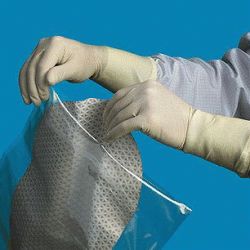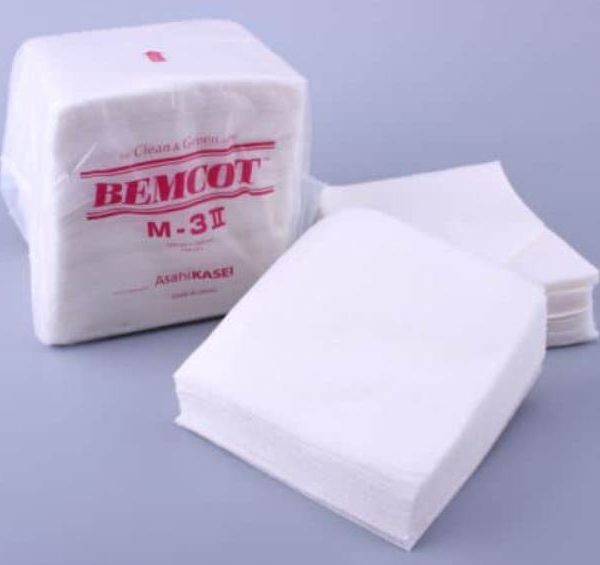Description
PVC-300 is a plastic sheet product designed to control static electricity for a wide range of end uses. It is a high quality polyvinyl chloride sheet which has been surfaced with SciCron Technologies proprietary, clear, C-300 static dissipative surfacing. This unique technology prevents charge generation on the sheet surfaces, thereby controlling particulate attraction and preventing electrostatic discharge (ESD) events. This performance is permanent and totally independent of humidity. PVC-300 offers exceptional design versatility since it fabricates simply, is light in weight and is available in large sheet sizes. It also exhibits excellent chemical resistance, surface hardness, and mar resistance, plus superior flame spread properties.
Applications
PVC-300 resists tribocharging under all circumstances and cannot generate a charge when properly grounded. This makes it ideal for use in manufacturing and assembly operations for charge sensitive electronic components where it can help prevent both immediate and latent ESD caused defects. Since it resists charge build-up it does not attract contaminants, so it can also help prevent contamination-related rejects in ultra-clean manufacturing operations. Consequently, it is suitable for use in the semiconductor, electronic, and micro-manufacturing industries. Typical applications include; covers, windows, doors, and access panels for electronic equipment, assembly machines and instruments; transparent partitions; process equipment enclosures; and fabricated desiccators, cabinets, and boxes. The product also has many general industrial uses, including protection for static charge sensitive manufacturing devices and control of spark discharge in explosive environments.
Fabrication
PVC-300 is easily fabricated into flat surface configurations using the same equipment and fabrication techniques generally employed with unsurfaced PVC sheet products. It should not be used for heat formed bent configurations since the hard, cured C-300 surface is not designed for heat bending. When solvent welding, it is necessary to remove the C-300 surface mechanically to achieve a good bond. For more information on fabrication refer to SciCron Technologies Technical Information Bulletin No. SP-01. |
Features and Benefits
Cannot be tribocharged when properly grounded – Prevents build-up of static charge and accumulation of harmful contamination. Electrostatic decay in less than 0.05 second per Federal Test Standard 101C, Method 4046.1 – Results in rapid static dissipation without arcing.Surface resistivity of 106 – 108 ohms per square – Provides for ESD control.Permanence in static dissipation performance – Avoids cost of application of temporary topical anti-stats. Humidity independent static charge control – Avoids inconvenience of maintaining high levels of humidity and damage caused by such humidity. Advanced technology, uniform surface treatment – Avoids conductive discontinuities (charged “hot spots”) often found with non-uniform temporary topical anti-stats. Superior flame spread properties – Provides additional protection for equipment in a fire. Hard, mar resistant, durable surface – C-300 surface, harder than the base plastic, reduces risk of damage to the sheet surfaces. Superior chemical resistance – Reduces risk of solvent or chemical surface damage.
Availability
PVC-300 composite is available in clear (slight blue tint)
Standard Dimensions (Nominal)
Standard Sheet Size: 46″ x 94″
Thickness: 3mm (1/8″),
4.5mm (3/16″),
6mm (1/4″),
9mm (3/8″),
Other sizes and thicknesses available upon request.
Made in USA
Questions? Ready to order? E-mail us or call C.C. Steven at 805-658-0207. |





